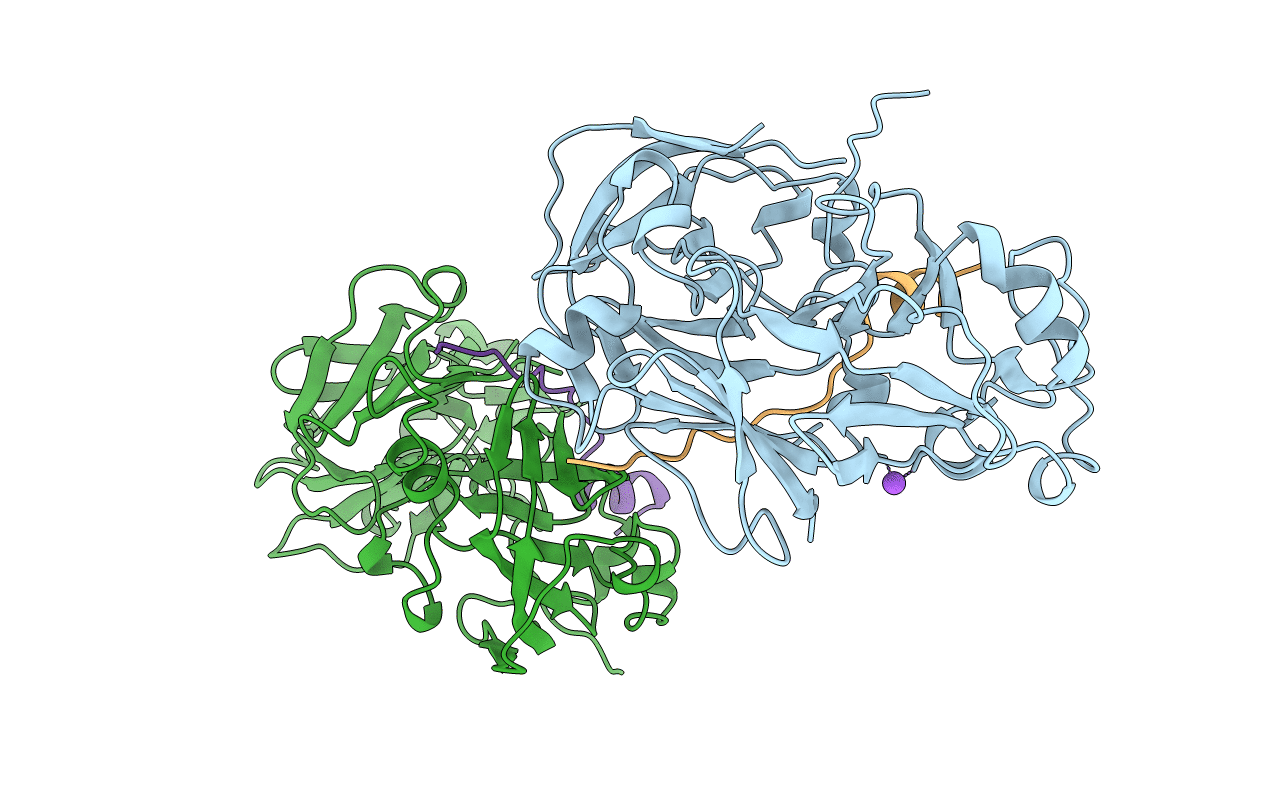
Deposition Date
1997-09-16
Release Date
1998-02-25
Last Version Date
2024-10-30
Entry Detail
PDB ID:
1AVF
Keywords:
Title:
ACTIVATION INTERMEDIATE 2 OF HUMAN GASTRICSIN FROM HUMAN STOMACH
Biological Source:
Source Organism:
Homo sapiens (Taxon ID: 9606)
Method Details:
Experimental Method:
Resolution:
2.36 Å
R-Value Free:
0.28
R-Value Work:
0.22
R-Value Observed:
0.22
Space Group:
C 1 2 1


